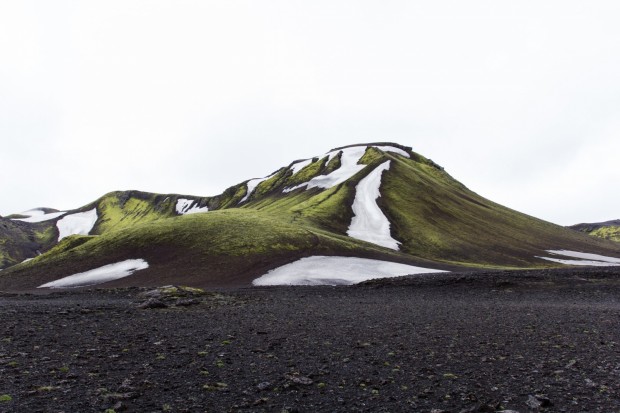The Ultimate Guide To Iceland: The Land Of Fire and Ice
- comments


(Photo : Alex Talmon on Unsplash)
Iceland, with its breathtaking views of glaciers and waterfalls, hot springs and lava fields, has become one of the most popular destinations among travellers around the globe. However, it can be difficult to navigate Iceland's many natural wonders on your own or with limited preparation time. In this ultimate guide to Iceland, you'll learn about everything from what to pack to when to go in order to have the perfect trip in this country that will leave you wanting more and more as your tour comes to an end.
What's it like?
Iceland is a small country with a population just over 300,000 people. It's home to breathtaking glaciers, lava fields, waterfalls, and beautiful fjords. It's no wonder that the vast majority of tourists who come here are drawn by the incredible natural beauty this country has to offer. Iceland is not only one of the most beautiful countries in the world, it also ranks among some of the most expensive destinations for travellers.
When to go?
Depending on what you're doing in the country, there are three main seasons that you'll want to keep in mind. There is summer (June, July, August), which is the busiest time for tourists because that's when the days are longest. Winter (December, January, February) is a great time for activities like snowmobiling and ice-skating. And finally there's autumn (September, October), which is all about enjoying the sights at their most colourful before they disappear under a blanket of white. It's important to note that no matter what season you go in there will be plenty of options for things to do in Iceland.
Is it safe?
Iceland is a safe country for travellers with the lowest crime rate in the world. In fact, there are fewer criminal incidents here than in Sweden, Finland, or Denmark. However, it is important to be aware of pickpockets and other petty thieves who might target you while on the go. They often operate in crowded areas such as bus stations, airports, train stations, and popular tourist sites like museums.
Where to stay?
There are a few things you should know before booking your accommodations in Iceland. First, it's important to know whether or not you want an airport transfer included in the price. Second, there are two types of accommodations: hotels (with a restaurant) and guesthouses (no restaurants). Third, some guest houses don't have room service, so make sure that is something that is available if you're staying at one. Finally, some hotels allow pets while others do not; this may be something worth considering depending on what type of accommodations you prefer. If budget is your concern, there are plenty of options for finding affordable lodgings in Reykjavik.
What should you pack?
Packing for a trip to Iceland can be intimidating, but it doesn't have to be. With the right clothing, equipment, food and drink, you can experience all that this wonderful country has to offer with ease. Some items that are sure to come in handy on your trip include a power adapter, camera (or phone) charger, toiletries kit with travel size bottles or containers for liquids, an extra set of clothes (just in case), a water bottle or hydration pack and hiking boots or shoes that provide ankle support. You'll also want to bring snacks like trail mix or granola bars as well as energy bars because Icelandic supermarkets might not carry what you're used to eating.
What to do there?
Iceland is a country with an amazing balance between the natural wonders of geysers, volcanoes, glaciers, lava fields, and waterfalls on one hand, and the urban modernity of Reykjavik on the other. It's easy to explore both sides in a few days or weeks. Geysers near Reykjavik are worth visiting for the spectacular natural phenomena they create. One example is Strokkur which blasts a huge column of boiling water up into the sky every five minutes. If you're around in wintertime you can also watch it freeze into icicles after it lands back in the pool.


